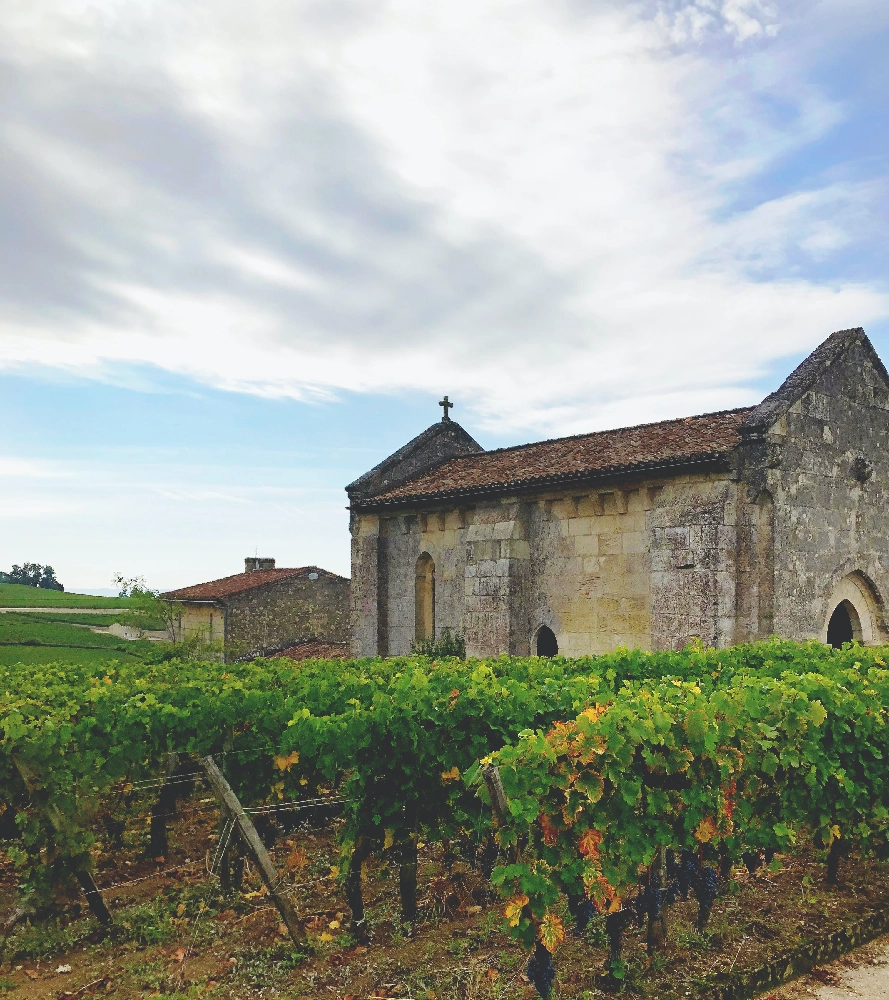
Ribera del Queiles Wineries & Wines Stats
Wineries
3
Wines
24
A Historical Perspective on the Significance of Wines from Ribera del Queiles, Spain
Introduction: Ribera del Queiles, a lesser-known wine region situated in the northwest of Spain, has a rich and intriguing history that dates back to ancient times. This region, which is not yet widely recognized on the international wine stage, boasts a diverse array of wines produced from unique grape varieties and influenced by the distinctive terroir and cultural heritage of the area. In this review, we delve into the historical significance of Ribera del Queiles wines and explore their unique characteristics, styles, and pairings with foods.
Historical Background: The history of wine production in Ribera del Queiles can be traced back to the pre-Roman era, when the region was inhabited by various Celtic tribes. Archaeological evidence suggests that grape cultivation and winemaking were essential aspects of their daily life. The Romans later conquered this territory, introducing new viticultural practices and spreading the Roman influence on wine production throughout Europe.
The Middle Ages marked a period of significant growth for Ribera del Queiles wines as monasteries played a pivotal role in cultivating vineyards and producing wine. Monks from various orders, such as the Cistercians and Benedictines, established monasteries in the region, which not only served religious purposes but also produced wines that were renowned for their quality.
The Modern Era: In the late 19th and early 20th centuries, phylloxera devastated vineyards throughout Europe, including those in Ribera del Queiles. However, the region's wine industry gradually recovered, with a renewed focus on quality production and innovation. In recent decades, Ribera del Queiles has seen a surge of interest from both local and international wine enthusiasts, who appreciate the unique characteristics and diverse styles of its wines.
Wine Styles and Grapes: Ribera del Queiles is known for producing red, rosé, and white wines, with each style showcasing distinct flavors and characteristics. The region's most famous grape varieties include the red Mencia and Garnacha (Grenache), as well as white Godello and Treixadura. Wines from Ribera del Queiles are often characterized by their robust structures, complex flavors, and bright acidity.
Pairings with Foods: Ribera del Queiles wines offer a diverse range of pairing possibilities due to their distinct flavor profiles. The bold tannins and rich fruit flavors of red Mencia wines make them an excellent companion for hearty meats, such as roasted lamb or game dishes. White Godello wines, with their bright acidity and minerality, are ideal for pairing with seafood dishes, particularly those featuring shellfish or white fish. Rosé wines from the region showcase a crisp, refreshing character that makes them an excellent choice for pairing with lighter fare, such as tapas or grilled vegetables.
Conclusion: The historical significance of Ribera del Queiles wines is rooted in its rich cultural heritage, distinctive terroir, and the passion of those who have dedicated their lives to producing high-quality wines. As this region continues to gain recognition on the global wine stage, we can look forward to discovering new and exciting expressions of Ribera del Queiles' unique wine styles and grapes.
